

Posted: September 3, 2021
There are many transition metals, with many different uses, one of which is mercury. Mercury is a shiny, silvery liquid metal, also known as quicksilver. It is actually the only
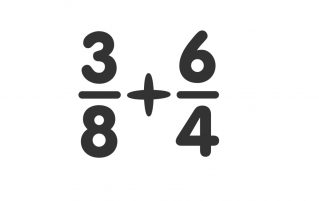
Posted: August 27, 2021
The word “fraction” actually comes from the Latin word “fractio” which means ‘to break’. The line that separates the numerator and denominator is called the vinculum. This is also the
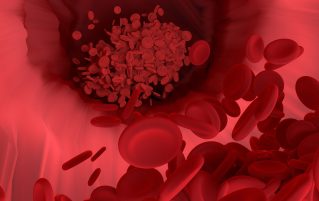
Posted: August 20, 2021
The circulatory system isn’t just about the heart. The heart would not be able to do its job without a massive network of blood vessels. These ensure that the blood

Posted: August 13, 2021
Animal brains come in all shapes and sizes. The size of the brain is loosely linked to function. However, this does not mean that a large brain necessarily means more
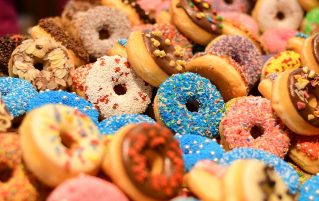
Posted: August 6, 2021
Have you ever wondered what shape a doughnut really is? It is actually called a torus! There are many other shapes you may recognise, but you didn’t realise have specific

Posted: July 30, 2021
Covalent bonding is where non-metal elements share electrons. Many compounds contain covalent bonds, including DNA. The DNA double helix has two types of bonds, covalent and hydrogen. Covalent bonds exist

Posted: July 23, 2021
Salts are ionic compounds, but what do you know about every day table salt?! Salt is one of the oldest food seasonings, with saltiness being one of the five basic

Posted: July 16, 2021
If you are travelling at terminal velocity – then you are definitely travelling quickly. There are massive differences in the speed at which different animals can move. The slowest animal

Posted: July 9, 2021
Angles are everywhere – there is even a musical instrument called the triangle! But did you know that the triangle was not always triangle shaped. The earliest triangles seem to
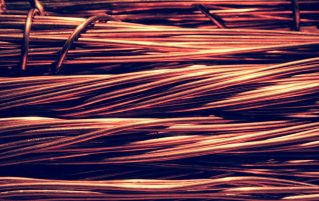
Posted: July 2, 2021
Electrolysis can be used to purify copper and copper has many uses. Apart from gold, copper is the only metal which is not naturally grey or silver. Shiny, reddish copper

Posted: June 25, 2021
Speed, density and pressure are compound measures – and you learn all about them in Maths lessons. But did you know that the fastest land animal on Earth is the

Posted: June 18, 2021
Shapes are all around us, in buildings, on signs, and in nature. In addition, designers even use shapes to try to make us feel a certain way! We all learn
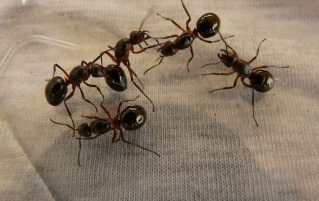
Posted: June 11, 2021
If you need some more help with numbers, try our latest revision guide. This week’s guide is all about factors and multiples. Before work starts though, time for some completely
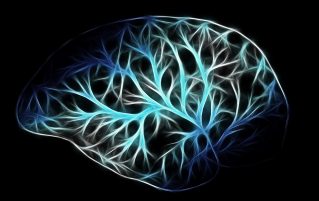
Posted: June 4, 2021
The nervous system is made up of the brain, the spinal cord and a network of neurons (nerve cells), that run throughout your body. The nervous system is really important

Posted: May 28, 2021
Sequences are everywhere! The Fibonacci sequence is found in many places in nature. It is named after an Italian mathematician, best known as Fibonacci. It is a series of numbers
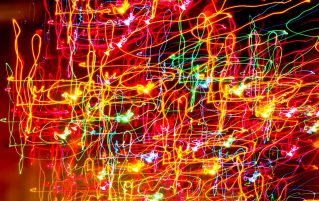
Posted: May 21, 2021
Basically, noble gases are colourless, odorless, tasteless, and non-flammable gases at room temperature and pressure. On Earth, the noble gases are fairly rare with the exception of argon. Argon makes

Posted: May 14, 2021
You might think you have a great sense of smell, being able to identify what is cooking for dinner from upstairs! This is due to the process of diffusion. However,

Posted: May 7, 2021
Your circulatory system is amazing. If you stretched out all of your blood vessels, they would extend to over 60,000 miles! The heart itself is quite small, weighing only about

Posted: April 30, 2021
Plants are fascinating – and vital for life. Through photosynthesis they absorb carbon dioxide, and produce oxygen. They are essential to produce food, and provide homes for many animals. There
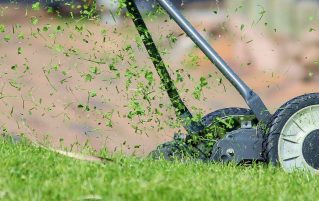
Posted: April 23, 2021
Plants are vital for life – without photosynthesis taking place, we would all be very hungry! There would also be a lot more carbon dioxide in the atmosphere! There are
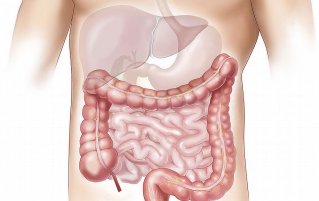
Posted: April 16, 2021
There are about 700 enzymes active in the human body, many of those in the digestive system. These are essential for making sure you are able to digest and absorb
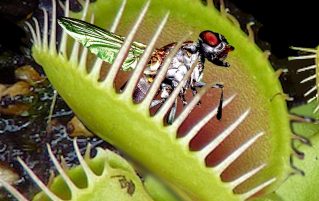
Posted: April 9, 2021
Plants have some amazing ways of surviving – and the adaptations of their leaves are very important in their survival. All plants need water, but too much water can be

Posted: April 2, 2021
You will have heard about Newton’s Laws in your science lessons – but how much do you know about Isaac Newton himself? Apparently his mother wanted him to be a
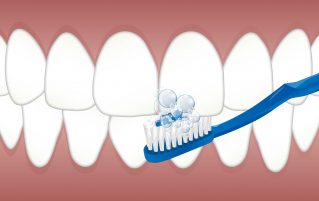
Posted: March 26, 2021
Fluorine is one of the halogens, and is very chemically reactive. It needs to to be handled very carefully as it can explode when it comes into contact with most
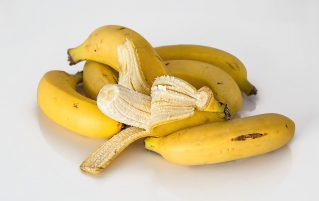
Posted: March 19, 2021
You may have learnt from your Science lessons that the alkali metals are very reactive, but did you know how useful and how important they are? About 2.4% of the

Posted: March 12, 2021
How often have you wondered why you have to learn the quadratic formula?!! Quadratic equations can actually be used in everyday life. For example they can be useful when calculating
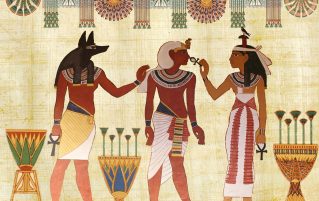
Posted: March 5, 2021
Did you know that algebra dates back to at least 3000 BC! The Rhind Papyrus, dating from around 1650 BC, is an ancient instruction manual in arithmetic and geometry It

Posted: February 26, 2021
If you thought using letters for algebra is strange then just look at some of the peculiar words in the English language! Did you know that at only 6 letters

Posted: February 19, 2021
Have you ever wondered why we use the letter X in algebra so much? We also use the letter X for phrases like “X marks the spot”. In fact we
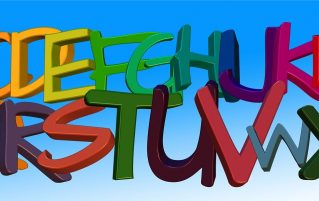
Posted: February 12, 2021
Next time you are trying algebra and wondering why we have to use all those letters, think about Benjamin Franklin! Apparently he disliked some letters so much he wanted to

Posted: February 5, 2021
Algebra uses letters – and letters can be fascinating!! If you write down every number as a word, and look at the letters you have used, do you notice anything

Posted: January 29, 2021
As you will learn in school, different chemical reactions have different rates of reaction. But did you know that some animals use chemicals to protect themselves. Some venomous animals have

Posted: January 22, 2021
What do you know about speed? Have a look at some of these…. Elephants can run up to 40 km/h (25 mph) A hippopotamus can run faster than a man,

Posted: January 15, 2021
How much do you know about magnetism and electromagnetism? Did you know that some scientists believe humans are magnetoreceptive. In other words, they have the ability to detect the Earth’s
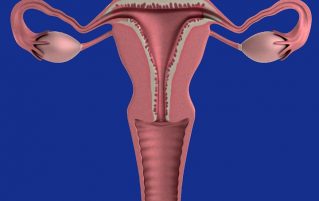
Posted: January 8, 2021
When learning about hormones and the menstrual cycle in school – you will be taught that oestrogen is the “female” hormone and testosterone is the “male” hormone. However, both males

Posted: December 18, 2020
Have you ever wondered about where reindeer came from. Well -DNA is pretty amazing, and can tell us a lot about a species. Reindeer are cousins to cows and sheep,

Posted: December 11, 2020
According to the science we learn in schools, and the laws of Physics – Santa should not be able to deliver presents to all the children in the world! Because
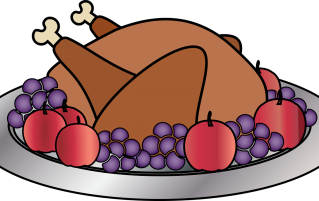
Posted: December 4, 2020
Protein synthesis is very important. The human body contains about 100,000 different types of protein. The body needs protein to grow, heal, and carry about nearly every chemical reaction in

Posted: November 27, 2020
There are some weird and wonderful ways in which animals will attempt to attract a mate, and in some cases stay alive while doing so!! Female Black Widow spiders are

Posted: November 20, 2020
Eukaryotic cells can look very different from each other, depending on what their function is. However, they all have the same basic components; a nucleus where DNA is stored, and
